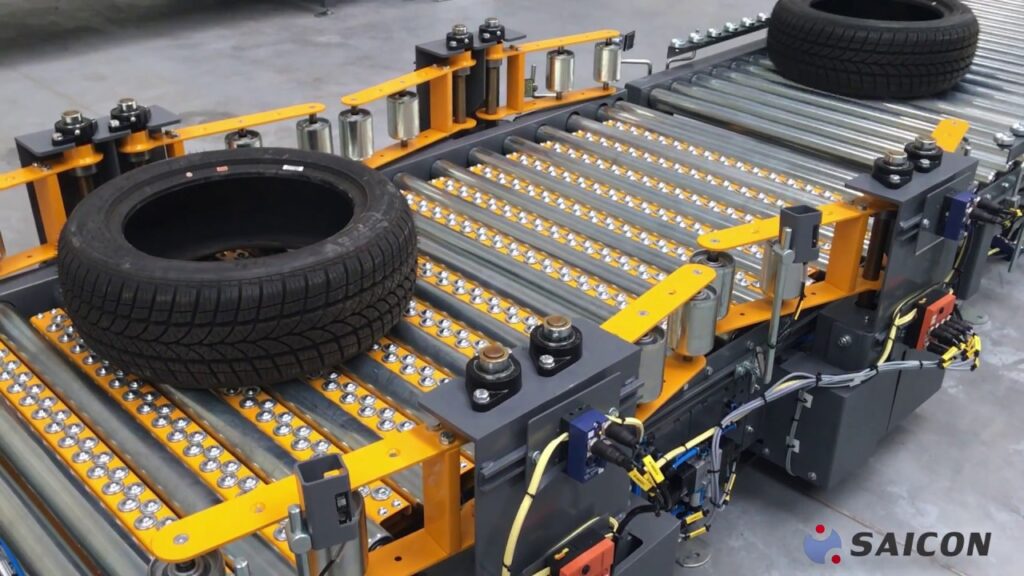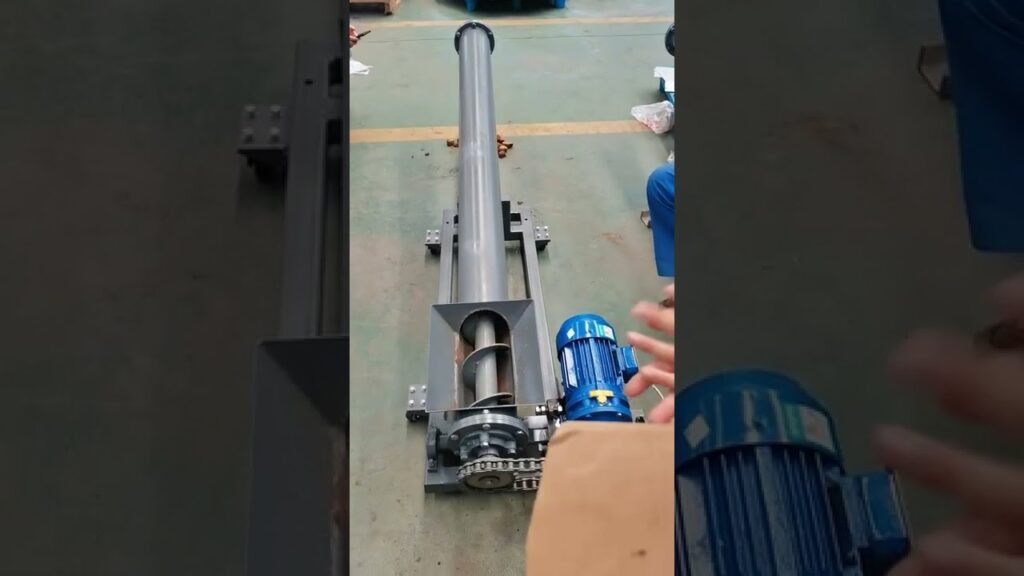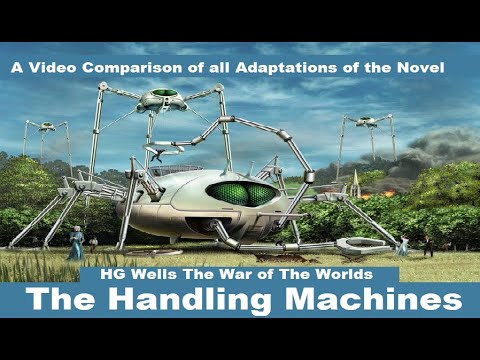Automatic Handling Machine: Revolutionizing the Tire Industry
In today's fast-paced world, automation has become the buzzword across industries. From manufacturing plants to warehouses, the integration of innovative automated systems has helped businesses streamline their operations, enhance efficiency, and boost productivity. One such groundbreaking technology is the Automatic Handling Machine, which has completely revolutionized the tire industry. In this article, we will delve into the incredible capabilities of this state-of-the-art machinery and its impact on the tire manufacturing process.
The tire industry, like many others, constantly seeks ways to optimize its production processes. Traditionally, tire handling involved extensive manual labor, making it a time-consuming and physically demanding task. However, with the advent of the Automated tire handling system, this labor-intensive process has been completely transformed.
The Automatic Handling Machine, equipped with cutting-edge robotics and intelligent software, offers a level of precision and efficiency that surpasses human capabilities. This advanced technology not only eliminates the need for manual intervention but also ensures unparalleled accuracy and speed throughout the tire production cycle.
One of the key advantages of the Automatic Handling Machine is its ability to handle tires of different sizes and weights effortlessly. Imagine the convenience of a single machinery that can seamlessly handle a wide range of tire dimensions, from small passenger car tires to large commercial truck tires. This paves the way for a more flexible and versatile production line, reducing the need for multiple machines and minimizing downtime.
Additionally, this automated system significantly reduces the risk of human error. Tires require careful handling to prevent damage, and even the slightest mistake can lead to costly repercussions. With the Automated tire handling system, the chances of mishandling and consequent damage are greatly minimized. The machine's sensors and cameras work in perfect synchronization to ensure a seamless and error-free tire handling process.
Furthermore, the Automatic Handling Machine optimizes the workflow by efficiently sorting and organizing tires. With its ability to categorize tires based on size, model, and other specifications, it enables a streamlined production process. This not only saves time but also enhances inventory management, making it easier for manufacturers to monitor stock levels and order replenishments as needed.
From a safety perspective, the integration of the Automatic Handling Machine is a game-changer in the tire industry. Manual handling of heavy tires poses risks of back injuries and other musculoskeletal disorders to workers. By replacing human labor with this automated system, manufacturers prioritize the well-being of their employees while ensuring a safe work environment.
The benefits of the Automatic Handling Machine extend beyond the tire manufacturing process. Its integration improves overall equipment efficiency (OEE), reduces production costs, and enhances overall productivity. With faster throughput and reduced labor requirements, manufacturers can achieve higher production volumes, leading to increased profitability.
As we move towards an era driven by smart manufacturing and Industry 4.0 principles, the Automatic Handling Machine has emerged as a pivotal innovation in the tire industry. Its ability to seamlessly integrate with other automated systems, such as tire building machines and quality control equipment, further enhances the efficiency and reliability of the entire tire manufacturing process.
Looking ahead, the future of the Automatic Handling Machine appears promising. Advancements in artificial intelligence and machine learning are poised to further refine and optimize this technology. We can expect even smarter and more adaptable machines that can adapt to the evolving needs of the industry.
In conclusion, the Automatic Handling Machine has truly transformed the tire industry. With its precision, efficiency, and safety features, it has revolutionized the tire manufacturing process by reducing manual labor, minimizing errors, and enhancing overall productivity. As the tire industry continues to embrace automation, this innovative machinery will undoubtedly continue to play a pivotal role in shaping the future of tire production.
Handling Machine
"Streamlining Tire Handling: Unlocking Efficiency with Automated Systems and Robotics"


